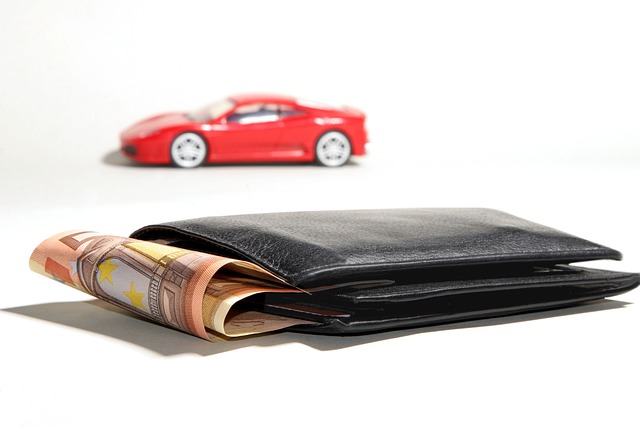It’s always a tough proposition when considering how much to borrow for a car loan, let alone with interest rates now on the rise after sitting at rock-bottom levels for the best part of the last two years.
On the one hand, you will likely have a steady income, but your expenses may vary from month to month. Beyond that, your credit score and history will come into play and influence your borrowing power. If you’re able to squeeze enough funds together for a deposit, even better.
Starting the budget process
One of the key things you should do is to estimate the costs that will come with a new car. But before that, it is important to understand your own financial position. The best way to do this is by forming a budget.
Consider in detail all your typical outgoings, not to mention other expenses that may arise from time to time. It is important to be realistic about these costs, so you are not putting yourself in a position that might differ from your normal standard of living. Subtract this from your income, such that you have an idea as to how much you can spare at the end of every month for payments associated with a new car.
If at first glance your monthly savings look like they might be too modest, it’s time to rethink things. Never put yourself in a position where you might compromise your financial standing because you think you can pinch pennies or scrounge funds elsewhere. You need to be certain you have the funds.
If everything appears to stack up, seek out a copy of your credit report so that you know how your financial health is likely to be viewed in the eyes of financiers. If alarm bells start going off, postpone your application and get that credit score trending higher first.
Estimating your new expenses
There are many permutations when it comes to your monthly repayments. Ultimately you will be offered an interest rate by a lender that is dictated by a range of factors, including your credit history, as well as:
- The price of the car
- Any deposit you put towards the car
- The term of the loan
- The type of loan and whether any balloon payment is involved
- The purpose of the vehicle
With this information you can establish what you might expect your monthly repayments to be, before you apply for a car loan. This repayment level will obviously need to fit into your budget.
It doesn’t end there however. A new car will likely include other expenses, unless you are already paying these with an existing vehicle. For example, petrol costs, car registration, repairs, insurance and the like. Of course there will be some differences depending on the two vehicles in question, so weigh up your expenses accordingly and make sure there is still room in your budget for any variances.
Last but not least, if you need a starting point for everything, consider the below rule of thumb dubbed the 20/4/10 rule. Be wary however as this will definitely vary from one person to the next depending on an individual’s financial circumstances:
- 20% deposit towards your car / max. 4 year term / max. 10% of your income on all car expenses
The Fincar team is here to help you with all your financing needs. Contact us today to help arrange your next car or equipment loan.

